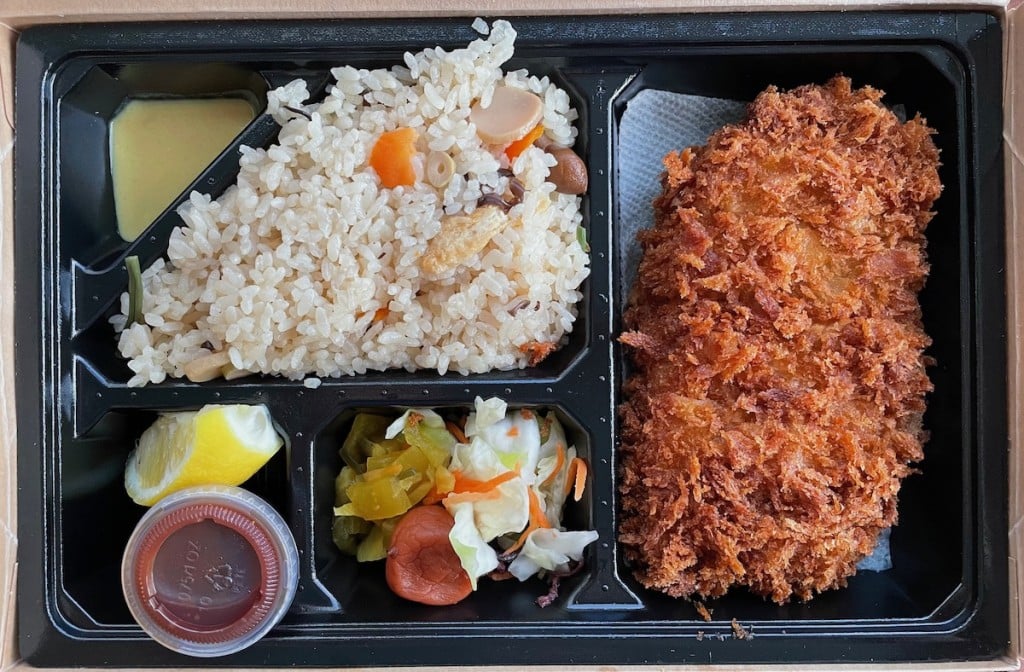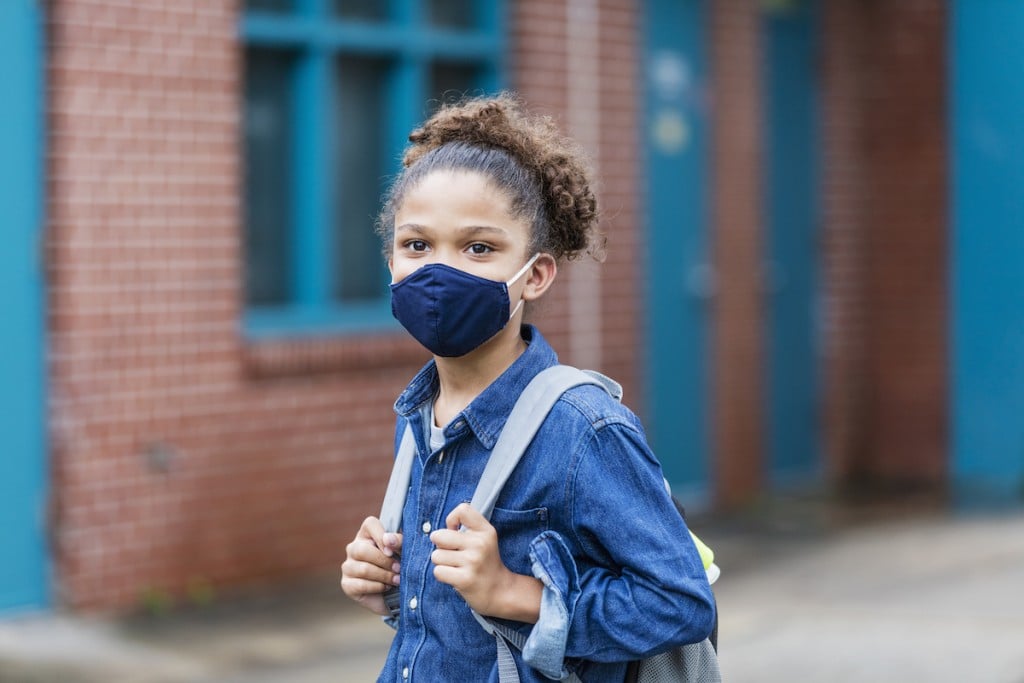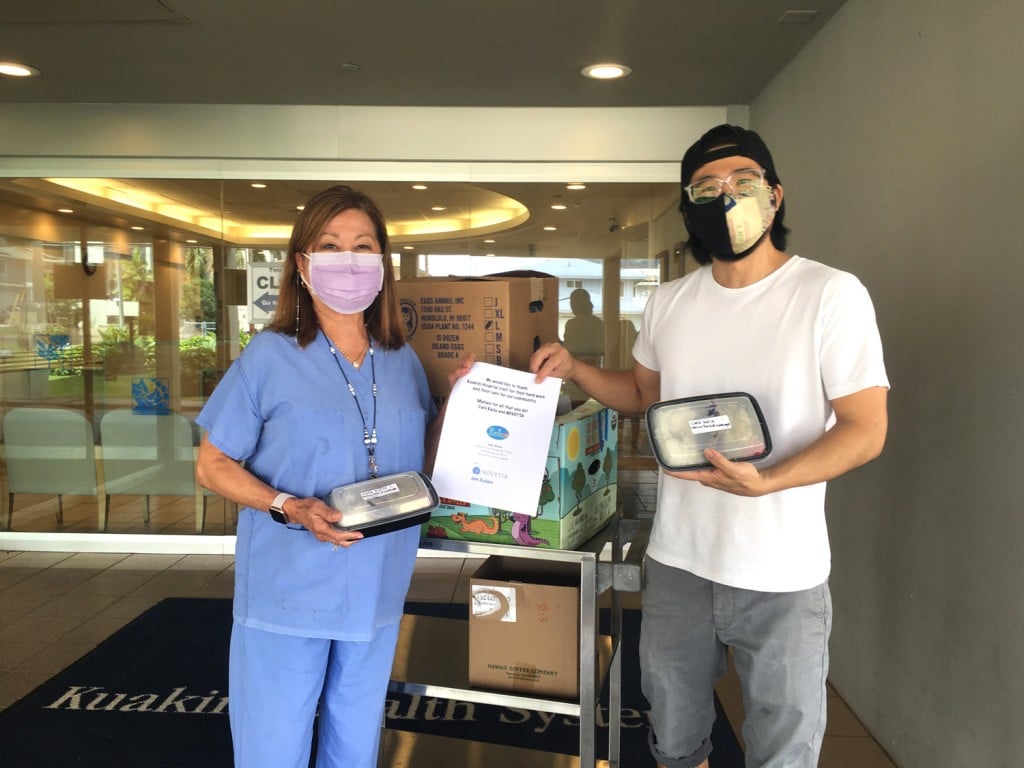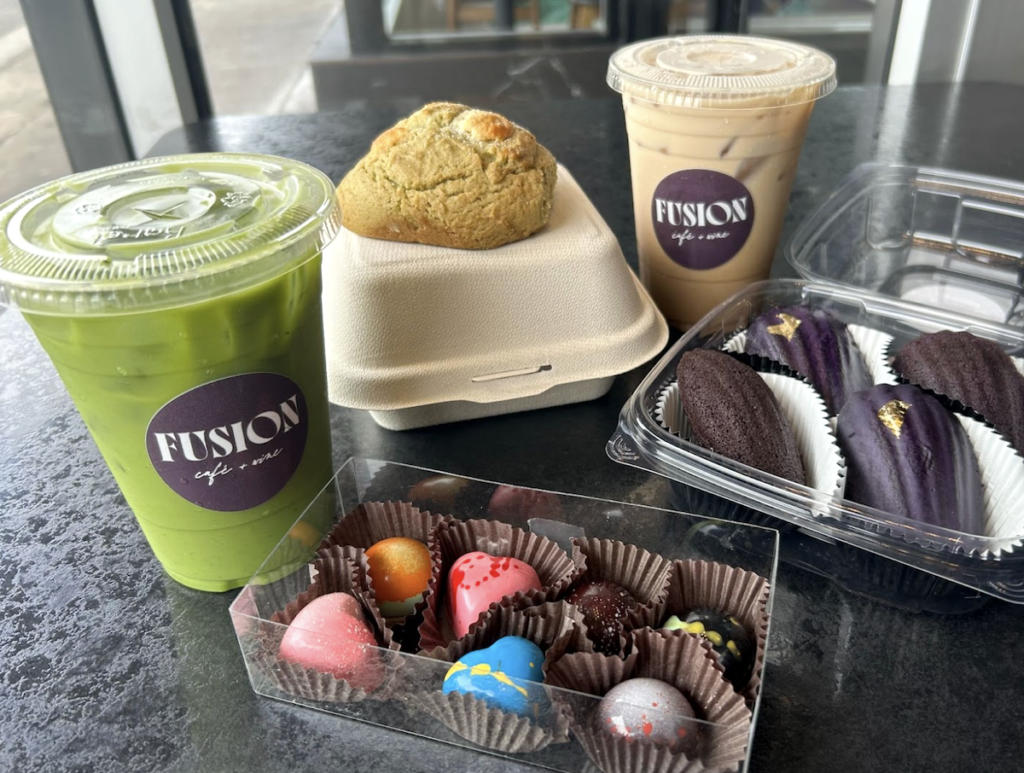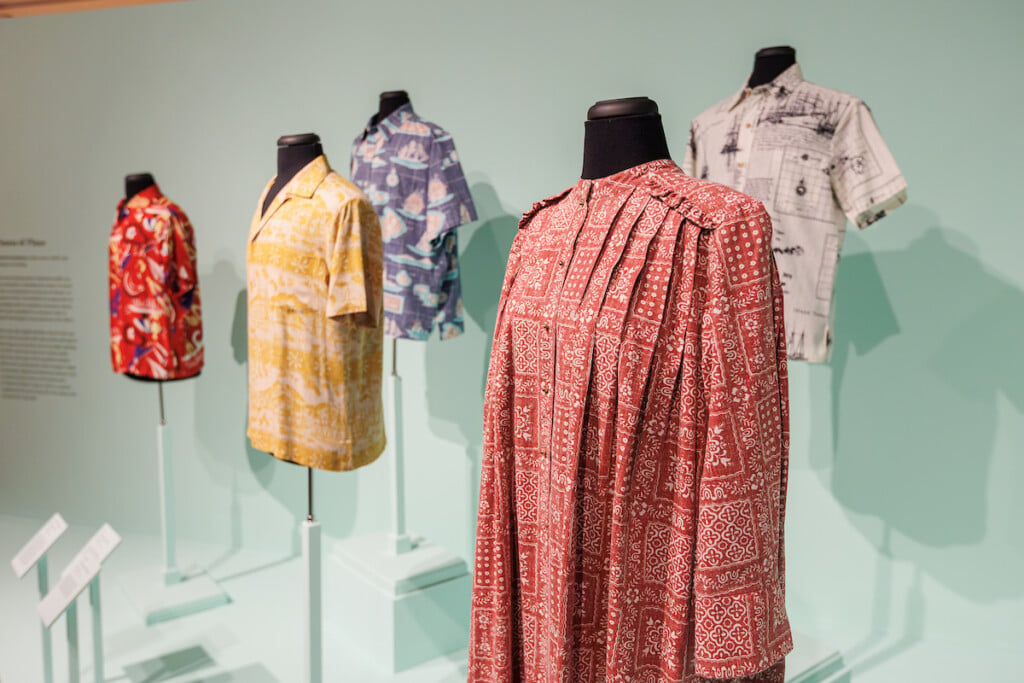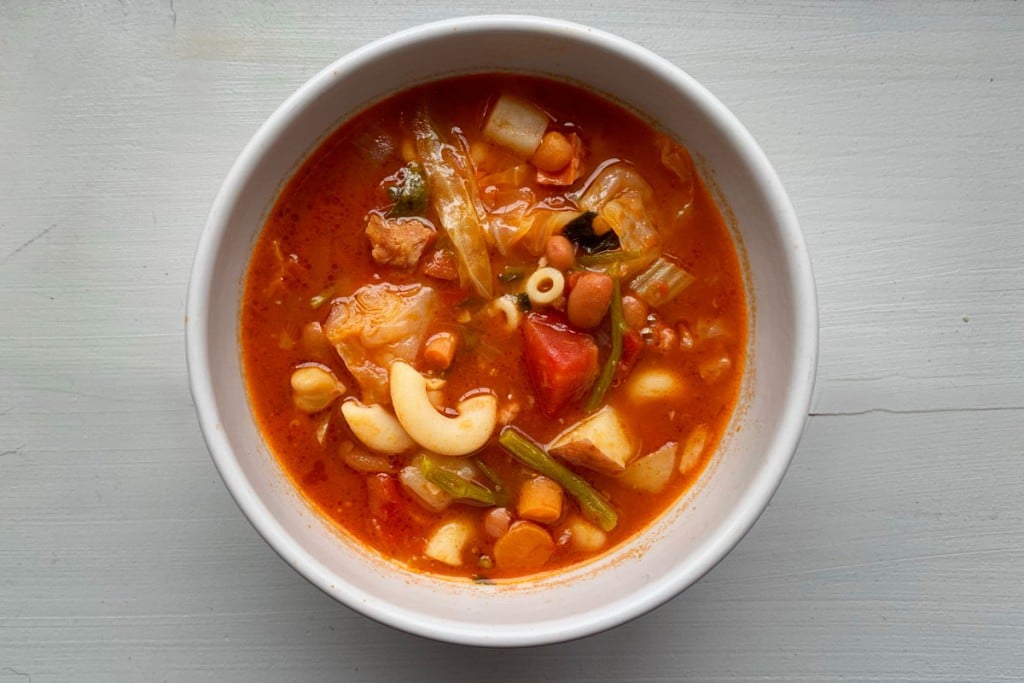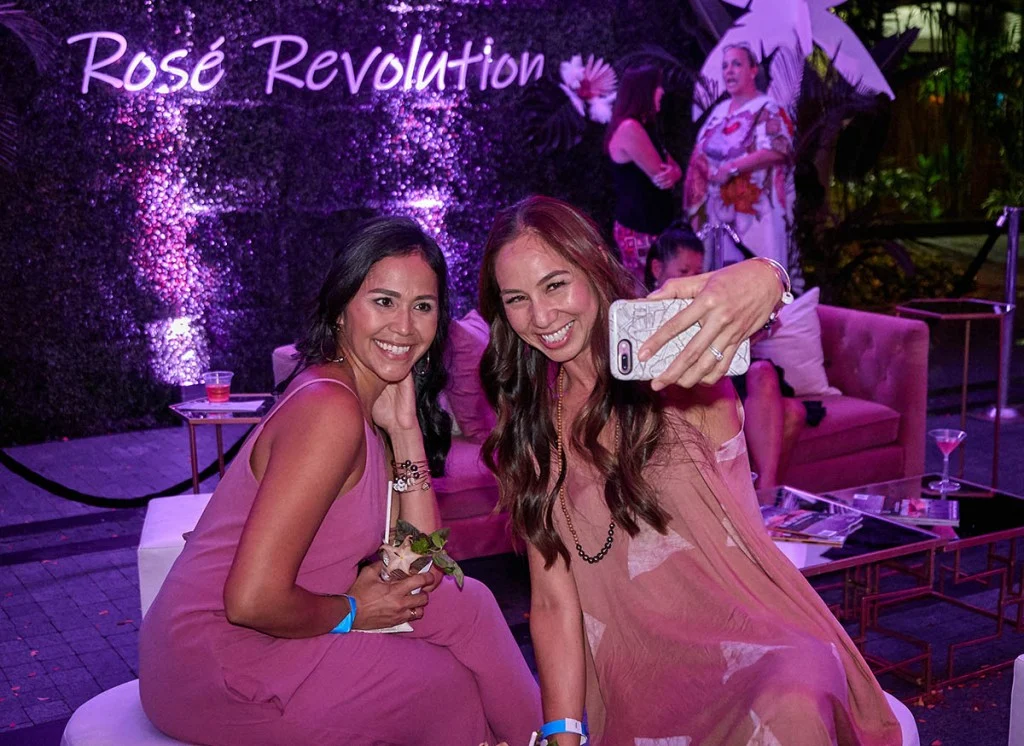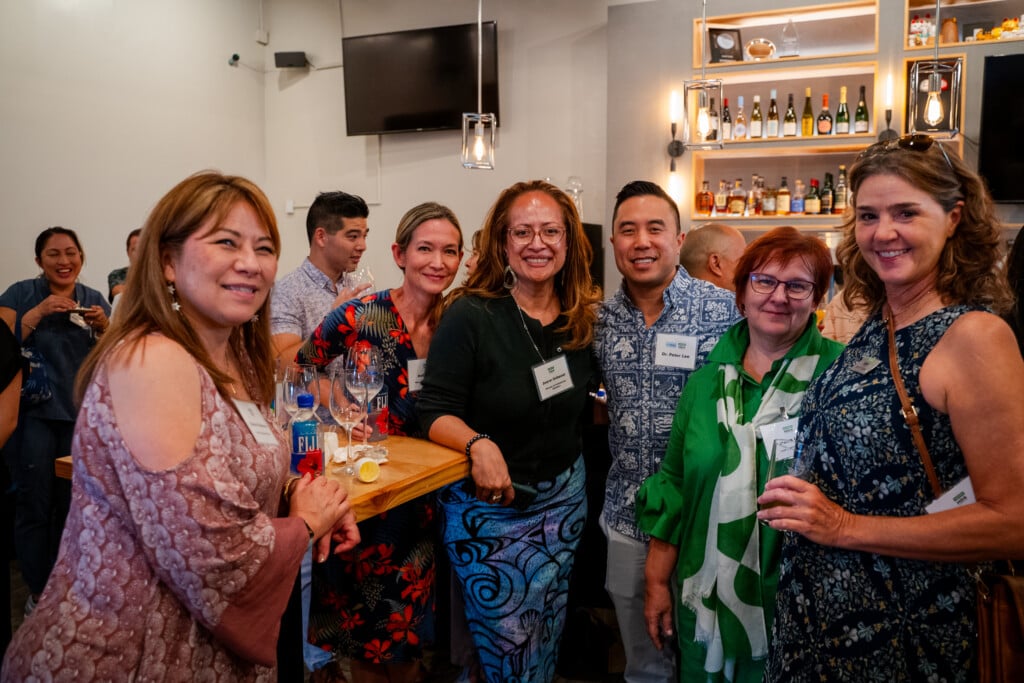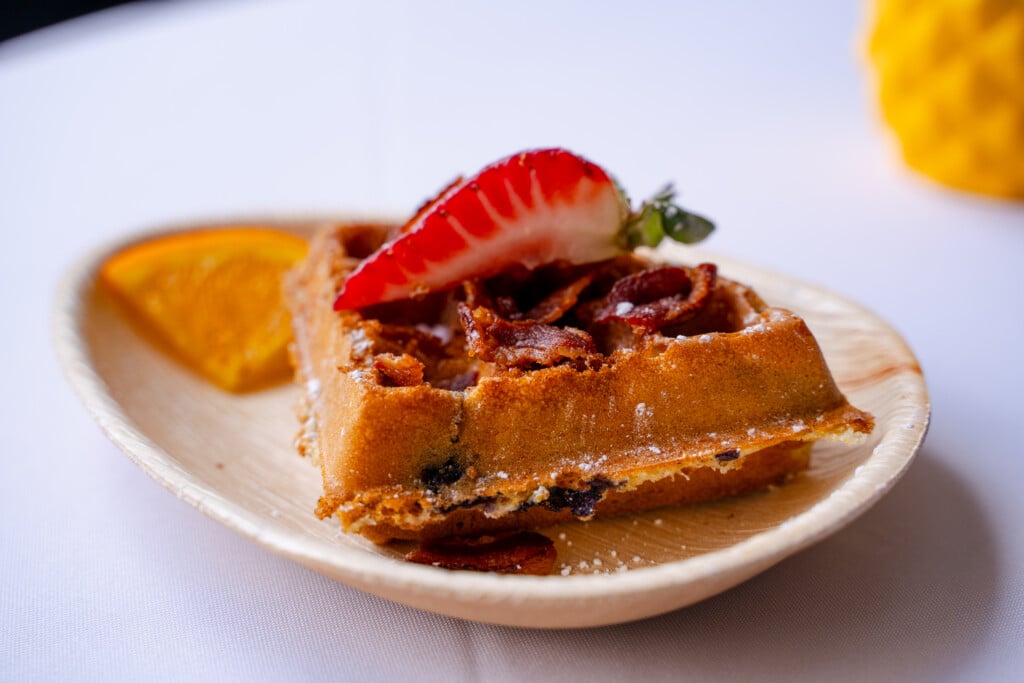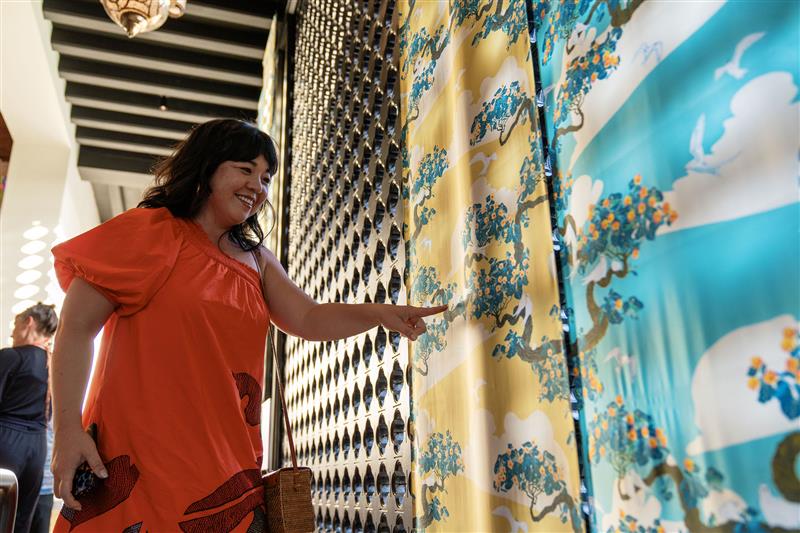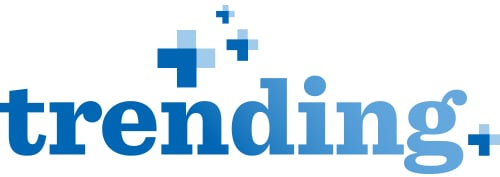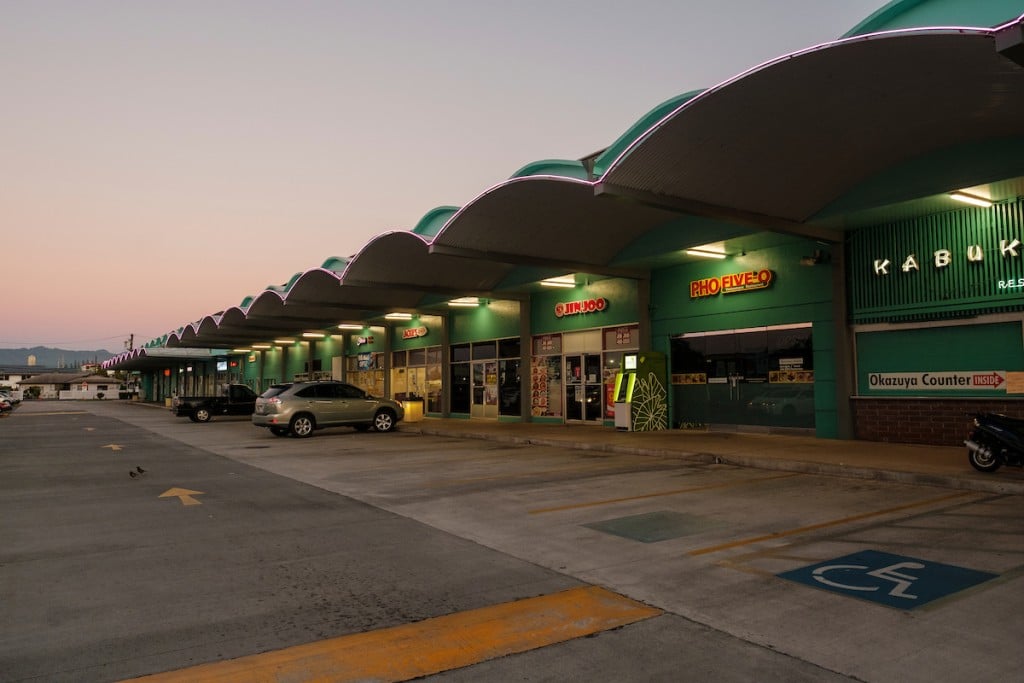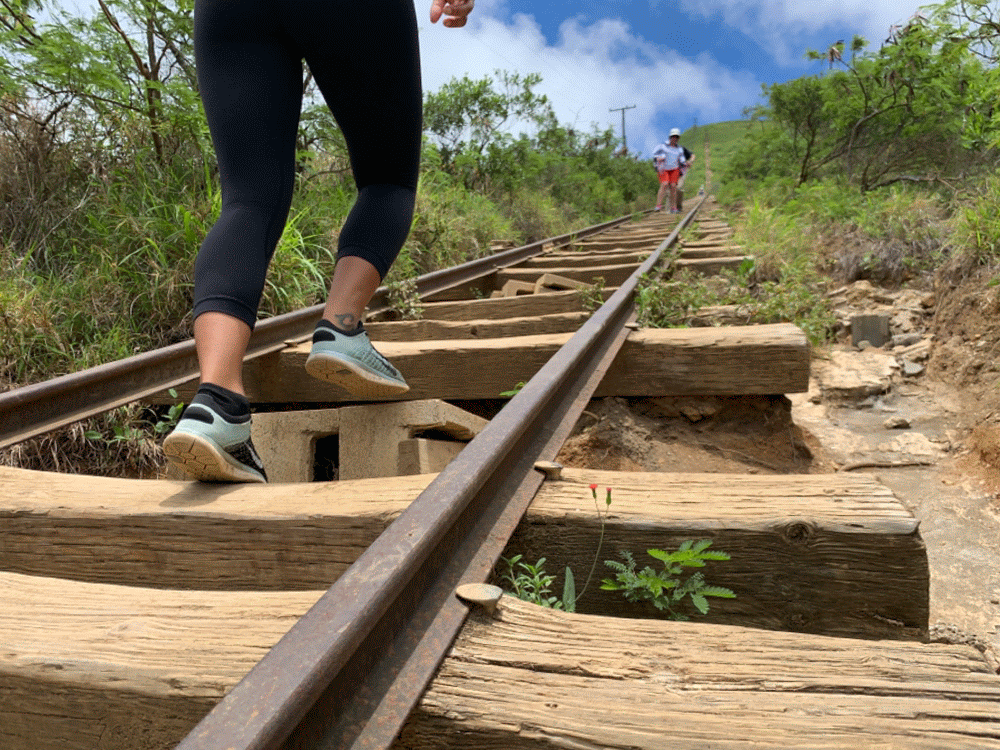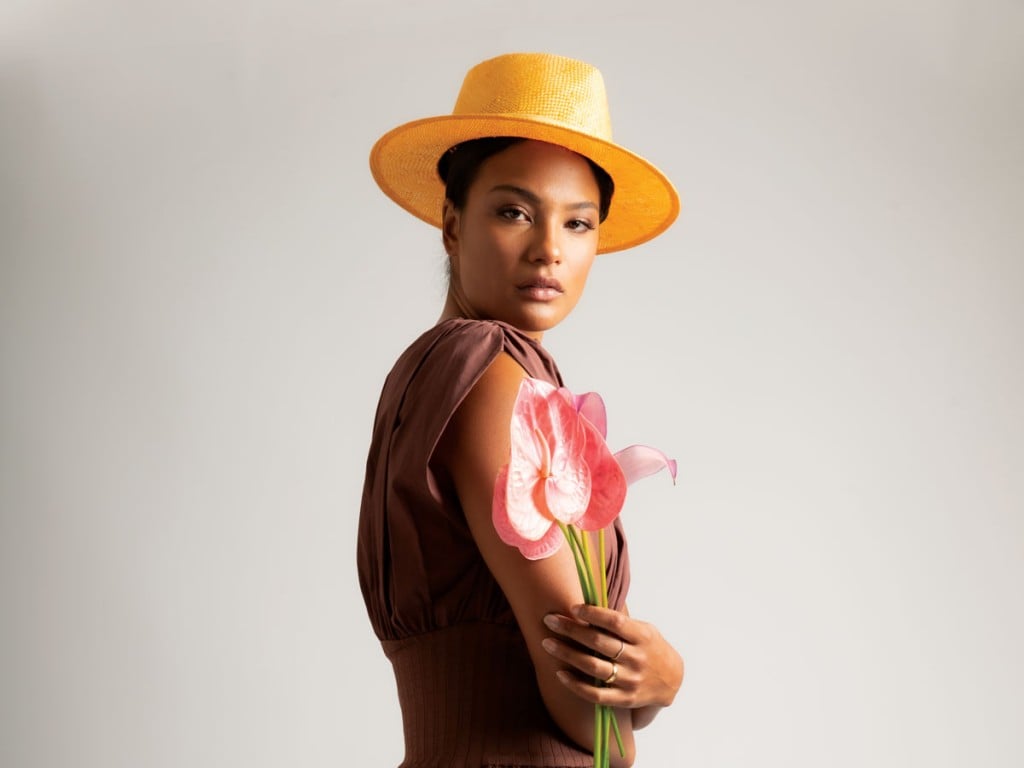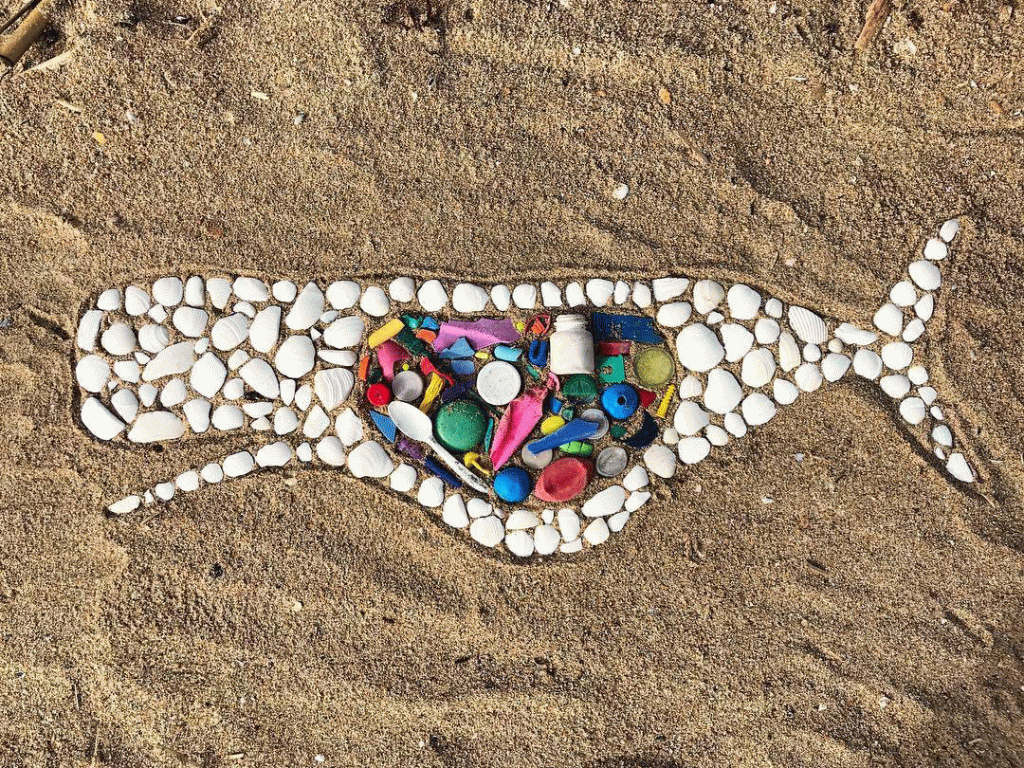A COVID-19 Timeline: How Honolulu Got To This Point
On March 6, 2020, the state confirmed its first case of COVID-19. Now one year and 27,640 cases later, we take a look back at the milestones of the pandemic in Honolulu.

Photo: David Croxford
On March 4, 2020, Gov. David Ige issued the first emergency proclamation concerning a new coronavirus that the proclamation noted “has rapidly spread around the globe and has been found in 78 countries.” It was called SARS-CoV-2, the virus that causes COVID-19. At that time, the United States had 108 confirmed and presumptive cases with the World Health Organization recording almost 3,200 deaths worldwide. One year, 28.8 million U.S. cases, 114.8 million confirmed global cases and more than 2.5 million deaths later, three vaccines are being distributed across the U.S. and we are finally talking about the possibility of sending Hawai‘i kids back to class five days a week and joining nine friends for dinner in an O‘ahu restaurant.
The past 365 days have been unlike any other this generation has ever known. As the number of daily cases fall and hopes for a return to regular life rise, we take a look back at how quickly a virus that originated overseas turned life in Hawaiʻi upside down.
Here is a look at key moments since the state began posting daily COVID-19 updates in late February.
SEE ALSO: Photo Gallery: Hawai‘i During the Pandemic in 2020

Photo: Aaron K. Yoshino
2020
Feb. 21: The state Department of Health begins daily COVID-19 updates after learning a visitor from Japan tested positive after a trip to Hawai‘i. No cases connected to this were found in the state, although 56 people were self-monitoring.
March 4: Gov. David Ige issues his first emergency proclamation to prepare the state for possible emergency action.
March 6: The DOH announces the first Hawai‘i case of COVID-19. The O‘ahu man is one of 21 who becomes ill after taking a Grand Princess cruise ship to Mexico.
March 13: BYU-Hawai‘i cancels in-person classes and starts teaching remotely. University of Hawai‘i announces it will do the same beginning March 23 and all UH athletic events are suspended immediately and indefinitely.
March 15: The state Department of Education decides to extend public school spring break by another week. (Total case count: 7 confirmed statewide. All are travel related.)
March 18: Caldwell announces O‘ahu will go under stay-at-home orders starting on March 23. DOH launches hawaiicovid19.com with the latest updates. (Total case count: 16 statewide.)

Photo: Aaron K. Yoshino
March 21: Ige announces a mandatory 14-day quarantine period for all travelers, to begin March 26.
March 23: Mayor Kirk Caldwell’s five-week stay-at-home order goes into effect for O‘ahu at 4:30 p.m. All businesses, except for those deemed essential, are ordered closed along with city parks and beaches. The first COVID-19 death is announced; the manner of death is later rescinded, pending an investigation. (Total statewide case count: 77.)
March 25: State stay-at-home orders go into effect until April 30.
March 26: Hawai‘i is first in the nation to require travelers to the state to quarantine for 14 days. Jobless claims for March hit 82,963. (Total statewide case count: 106.)
March 31: An older O‘ahu man with other medical issues is confirmed as the first person to die of COVID-19 in Hawai‘i. The state says he recently traveled to Las Vegas. (Total statewide case count: 224.)
April 1: State enacts 14-day self-quarantine for Interisland travelers. Hawai‘i marks a new record one-day total of cases with 34, which pushes the total number statewide to 258.
April 2: An elderly O‘ahu man becomes Hawai‘i’s second COVID-19 death. (Total statewide case count: 285.)
April 3: An elderly O‘ahu man who went to Washington state is confirmed as Hawai‘i’s third COVID-19 death.
April 4: A 65-year-old man from East O‘ahu is the fourth COVID-19 death. (Total statewide case count: 349.)
April 10: At 11 p.m., Honolulu enacts a nightly curfew for the Easter weekend. All travel is banned from 11 p.m. to 5 a.m. Friday through Monday morning.
April 13: Total number of Hawai‘i cases surpasses 500. Nine people have died.
April 17: The governor closes state beaches and places a moratorium on evictions. The DOE announces distance learning will continue through the May 28 end of the school year. (Total statewide case count: 551, including 9 deaths.)
SEE ALSO: Life Interrupted: 15 People. 15 Stories of Sudden Change, Courage and Community During COVID-19

Photo: Aaron K. Yoshino
April 19: Daily case counts fall to single digits. This continues for almost two months.
April 20: Honolulu announces shopping centers, sports fields and courts, and drive-in spiritual services may reopen on May 15. Dine-in food courts, play areas and arcades must remain closed. Outdoor exercising is allowed for groups of 10 people or fewer.
April 21: A woman from Las Vegas and a man from Sydney are arrested for violating the required 14-day quarantine. A hotel manager alerted the state that they were leaving their rooms.
April 23: Face masks are required in all places of business and on public transportation in Honolulu. The state says 109 visitors arrived at the airports on April 22, compared to nearly 30,000 daily passengers a year ago.
April 24: Caldwell extends Honolulu stay-at-home orders through May 31.
SEE ALSO: Lee Anne Wong: What it’s Like to Close a Restaurant During the COVID-19 Pandemic
April 25: The state extends stay-at-home orders and the 14-day quarantine for travelers until May 31. Honolulu city parks and state beaches reopen for exercise only. (Daily statewide case count: 3. Total: 604.)
April 30: Honolulu announces shopping centers, sport fields and courts and drive-in services for religious purposes may reopen on May 15. Dine-in food courts, play areas and arcades must remain closed. Outdoor exercising is allowed for groups of 10 people or fewer.
May 5: The state goes into safer-at-home orders, allowing for low-risk facilities to reopen on May 7. (Daily statewide case count: 4. Total: 625.)
May 8: No new cases are reported for the first time since mid-March. The state will see no new cases on seven other days through early June. (Total statewide case count: 629.)
May 16: Honolulu beaches reopen for all recreation, with social distancing. (Daily statewide case count: 1. Total: 638.)
May 18: Ige changes state’s “Safer at Home” phase to “Acting with Care,” allowing businesses categorized as medium risk—including salons, theaters, churches and restaurants—to reopen in a few weeks. He also extends 14-day quarantine for all travelers and the moratorium for evictions through June 30. (Daily statewide case count: 0.)
Photo: Katie Kenny
May 23: In-person spiritual services may resume, with social distancing.
June 5: Honolulu restaurants are allowed to open dining rooms. Honolulu Zoo also reopens.
June 8: All state beaches and some state parks reopen for recreation.
June 12: Daily case counts reach double digits for only the second time since April 18. Ten confirmed cases are in one family. The 15 cases push Hawai‘i’s total to 706.
June 16: Interisland travelers no longer have to self-quarantine.
June 19: Gyms, recreation areas, bars and most other places are allowed to reopen in Honolulu. Kaua‘i reports its first new case in two months. The daily count of 27 new cases is the largest increase since April 4.
SEE ALSO: Real Gastropub, Hawai‘i’s First Restaurant to Focus on Craft Beer, Won’t be Reopening

Photo: Aaron K. Yoshino
June 20: Total cases surpass 800.
June 24: Ige announces plans to allow out-of-state visitors to avoid the 14-day quarantine if they produce negative COVID-19 test results upon arrival. New guidelines are set to go into effect Aug. 1. (Daily statewide case count: 16. Total: 835, 17 deaths.)
July 2: Honolulu expands mask wearing mandate to include outdoor activities, including exercise, if social distancing is not possible. (Daily statewide case count: 20. Total: 946.)
July 7: The state reports 41 new cases, the highest number since the pandemic began. A new record will be set just four days later, with 42 cases.
July 14: Honolulu orders bars and restaurants to stop selling alcohol at midnight.
July 23: Hawaiʻi starts three record-setting days of case counts: 55, followed by 60 on July 24 and 73 on July 25. Masks are required in Honolulu gyms after COVID-19 clusters are tied to several on O‘ahu.
July 29: Daily cases hit triple digits. Statewide, 109 confirmed cases are reported. The next day, a new high is set with 124 cases.
July 31: Honolulu bars are ordered closed for at least three weeks. Restaurants must stop serving drinks at 10 p.m. (Daily statewide case count: 123, including 18 children. Total: 2,111.)
Aug. 3: One-day case counts hit a new record at 207. Caldwell orders gatherings restricted to 10 people or fewer.
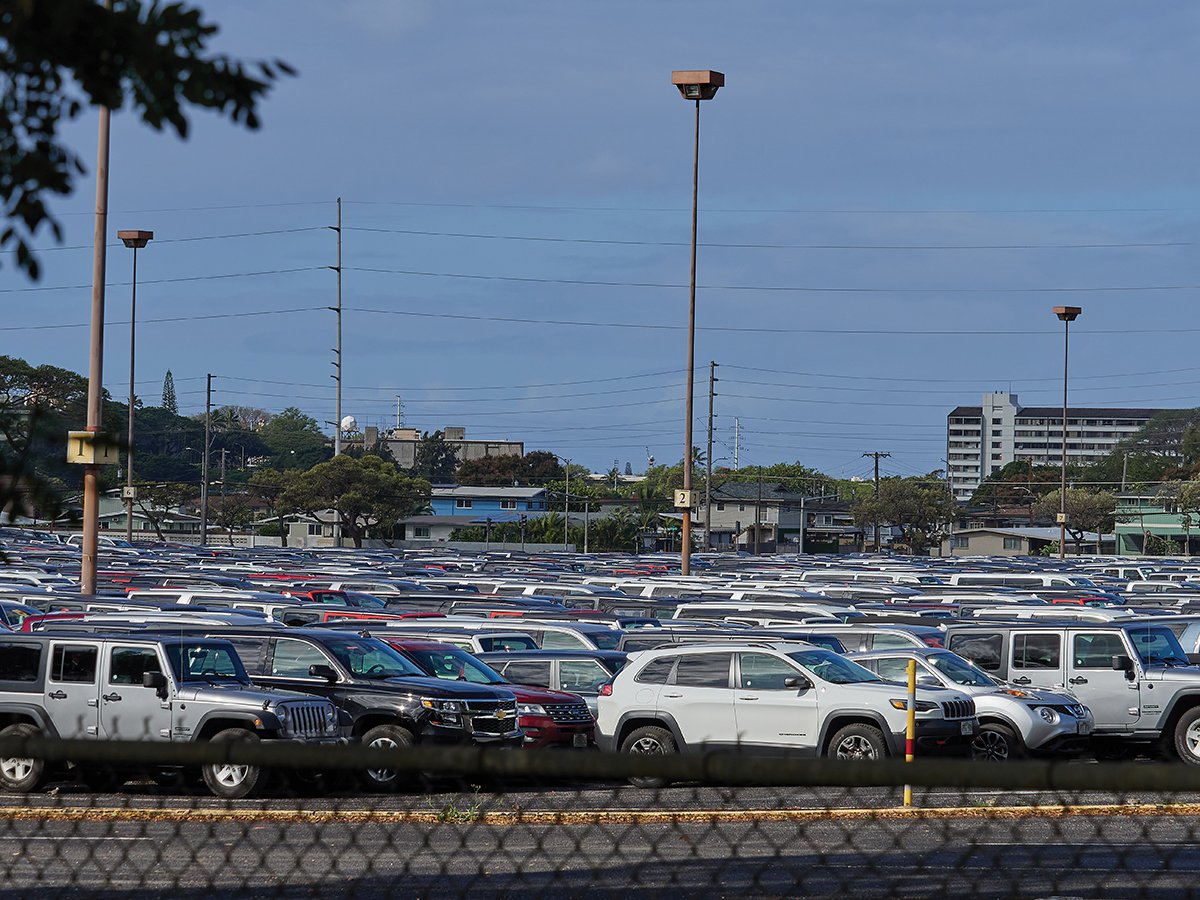
Rental cars sat unused at Aloha Stadium in March 2020. Photo: David Croxford
Aug. 4: Hawai‘i surpasses 3,000 cases and 31 deaths. The DOE announces all public school students will do distance learning for at least the first four weeks of the new school year. Most students remain out of classrooms until November, when many return to campus for just a few days a week.
Aug. 11: Ige reinstates the 14-day required quarantine for interisland travel.
Aug. 13: A new daily case count record is set with 355 new cases as Hawai‘i endures its 15th straight day of triple-digit counts. Deaths hit 40. Hawai‘i’s total number of cases since February surpasses 4,000, representing 1,000 additional cases in just six days. Dr. Emily Roberson takes over the contact tracing program from the much-criticized state epidemiologist, Dr. Sarah Park. DOH Director Bruce Anderson announces his retirement a few weeks later. Roberson takes leave less than a month later, frustrated by being blocked in her efforts to make changes, according to lawmakers.
SEE ALSO: In the Room with COVID-19: Hawaiʻi Nurses Talk About Patient Care in a Pandemic
Aug. 17: Total case count reaches 5,215, an increase of more than 3,000 since July 31. O‘ahu Community Correctional Center battles an outbreak that results in 181 inmates testing positive. Director of Public Safety Nolan Espinda announces he will retire in September. Maui Memorial Center soon deals with an outbreak as well.
Aug. 18: Caldwell bans social gatherings and reduces group limits to five or fewer. (Daily statewide case count: 134. Total: 5,349 cases, 41 deaths.)
Aug. 26: Surge testing begins in Hawai‘i. U.S. Surgeon General Jerome Adams arrives with 70,000 tests offered at mass testing sites over the next two weeks.
Aug. 27: A new two-week stay-at-home order takes effect on O‘ahu.
Aug. 31: Anderson and Espinda retire on Hawai‘i’s deadliest day to date. 7 people die.
Sept. 8: Honolulu’s stay-at-home order is extended two more weeks. The daily case count drops below triple digits (66) for the first time since July 31. Still, it pushes the state total above 10,000, more than triple the total just a month ago. 88 people have died.
Sept. 11: Lt. Gov. Josh Green tests positive for COVID-19 after a deputy sheriff with his security detail contracts the virus.
Sept. 18: The state says that an outbreak first reported at the Yukio Okutsu State Veterans Home in Hilo in August has killed 12, pushing the statewide death total above 120. 27 residents will die by the end of the month.
Oct. 15: The state’s Safe Travels Hawai‘i program allows Mainland visitors with a negative test from an approved partner, taken no more than 72 hours before arriving, to skip the 14-day quarantine.
Oct. 20: Lāna‘i reports its first 4 COVID-19 cases. The next day, the state’s total number of deaths will surpass 200.
SEE ALSO: These Two Unlikely Friends Cooked and Delivered Free Gourmet Meals Throughout the Pandemic
Oct. 22: Honolulu moves into Tier 2, allowing up to five people from different households to dine out together and gyms and arcades to open at 25% capacity. It will remain in this tier for more than four months.
Oct. 27: A stay-at-home order goes into effect on Lāna‘i as the number of people there with COVID-19 rises to 87.
Dec. 10: The first positive case is reported on Moloka‘i in an asymptomatic adult who traveled interisland. Kalawao was the last county in the U.S. with no cases of COVID-19.
Dec. 15: A doctor who works in the COVID unit, a housekeeping aide, two nurses and a respiratory therapist from The Queen’s Medical Center are among the first to receive a coronavirus vaccine in Hawai‘i. More than 61,000 doses of the Pfizer-BioNTech and Moderna vaccines will arrive by the end of the month. (Daily statewide case count: 57. Total: 19,480 cases, 274 deaths.)
Dec. 29: The state launches a website outlining its vaccination schedule. The general public is slated to begin receiving vaccines in the summer of 2021.
2021
Jan. 7: The state adds daily vaccination data (25,470 administered) to its website on a day with the highest daily case count (322) since August. The next day, Hawai‘i’s deaths will surpass 300.
Jan. 25: DOH lab tests find the first L452R variant of COVID-19 in the state. This strain was first found in Denmark in March 2020 and does not appear to spread more quickly or create more severe symptoms than others. The more contagious B.1.17 and B.1.351 variants have not been found in the Islands.
Jan. 27: A review of death records from the fall adds 59 deaths now attributed to COVID-19, pushing the total to 401. More than 106,000 vaccines administered.
Feb. 25: Honolulu moves into Tier 3 which allows people to gather in groups as large as 10. Restaurants, stores and churches can operate at full capacity but are encouraged to keep tables socially distant. Honolulu Mayor Rick Blangiardi also sends a request to Ige to allow team sports to resume. Bars and nightclubs must remained closed for at least four more weeks. DOE Superintendent Kishimoto announces in-person graduations will be allowed with additional health measures in place. (Daily statewide case count: 45. Total: 27,358 cases, 435 deaths. 326,766 vaccines administered.)
March 3: The DOH announces that people 70 years and older can begin receiving the vaccine on Monday, March 8, which is ahead of schedule. The same day, Hawai‘i receives its first shipment of the new single-dose Johnson & Johnson vaccine.

